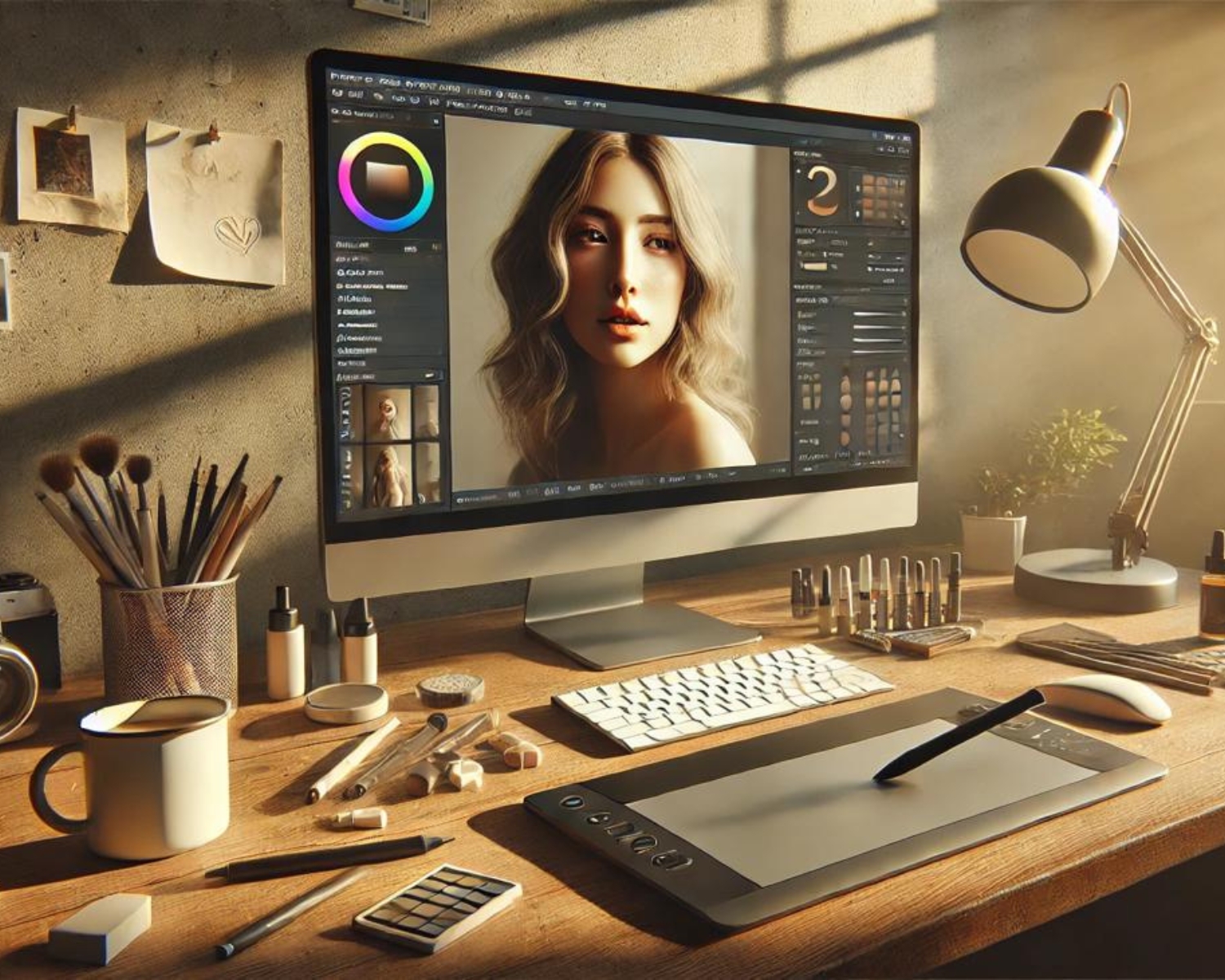Introduction
Portrait editing is a delicate art that requires a balance between enhancing a subject’s features and maintaining a natural appearance. Over-editing can make portraits look artificial, while under-editing may leave room for improvement. Here are some essential tips to help you achieve natural and polished results when editing portraits.
1. Start with a Clean Base
Begin by organizing and selecting the best shots. Use tools like Adobe Lightroom or Capture One to sort and apply basic adjustments, such as:
- Adjusting exposure and contrast for balanced lighting.
- Correcting white balance to ensure accurate skin tones.
- Cropping and straightening for better composition.
2. Focus on Skin Retouching
Skin editing is a key aspect of portrait editing, but retaining natural texture is essential. Here’s how:
- Spot Removal: Use tools like the Healing Brush or Spot Removal to eliminate blemishes or stray hairs.
- Frequency Separation: For advanced retouching, separate skin texture from color tones to smooth imperfections without losing detail.
- Dodge and Burn: Enhance highlights and shadows to add depth and dimension to the face.
3. Enhance the Eyes
The eyes are often the focal point of a portrait. To make them stand out:
- Brighten the whites of the eyes subtly.
- Sharpen the iris and enhance its natural color.
- Remove redness or dark circles while keeping it realistic.
4. Refine Hair Details
Tidy up stray hairs and add shine for a polished look. A soft brush enhances highlights and shadows, creating depth and volume.
5. Adjust Color and Tone
Ensure that the overall color grading complements the subject’s skin tone and the mood of the portrait:
- Use color grading tools to create a cohesive look.
- Avoid overly saturated or unnatural tones.
- Apply subtle vignettes to draw attention to the subject.
6. Enhance Features with Subtle Adjustments
Use liquify tools sparingly to refine facial features or correct lens distortion. Overdoing it can lead to an unnatural appearance.
7. Pay Attention to Backgrounds
A distracting background can detract from the portrait. Consider:
- Blurring the background using a shallow depth of field effect.
- Removing unwanted objects with cloning or content-aware tools.
- Adjusting background tones to complement the subject.
8. Fine-Tune Lighting
Lighting adjustments can dramatically enhance a portrait’s mood:
- Add subtle highlights to the face using radial filters.
- Balance shadows and highlights for a well-lit appearance.
- Consider using light leaks or gradients for creative effects.
9. Preserve Natural Beauty
When editing, focus on enhancing the subject’s natural beauty rather than altering their features. The goal is to create a version of the subject that looks polished yet authentic.
10. Consistency Is Key
Maintain a consistent editing style across your portraits. This creates a cohesive portfolio and helps establish your unique visual identity as a photographer.
Conclusion
Editing portraits is as much about restraint as it is about creativity. By focusing on subtle enhancements and preserving the subject’s natural features, you can achieve polished results that resonate with authenticity and professionalism. With practice and attention to detail, your portraits can tell compelling visual stories that leave a lasting impression.
#PortraitEditing #PhotoEditingTips #PhotographySkills #PortraitRetouching #NaturalEditing #PhotoEditing #CreativePhotography #EditingTechniques #PortraitPhotography #PhotographyTips



